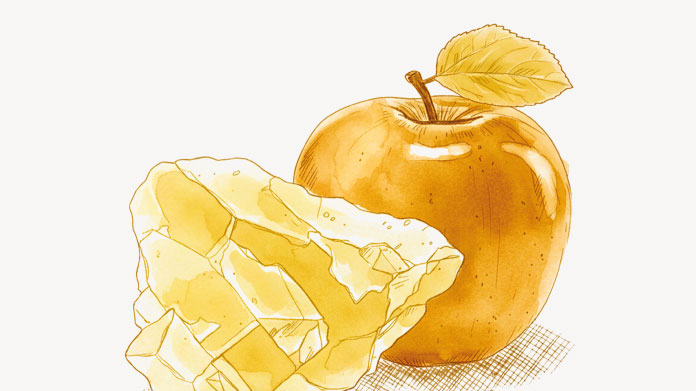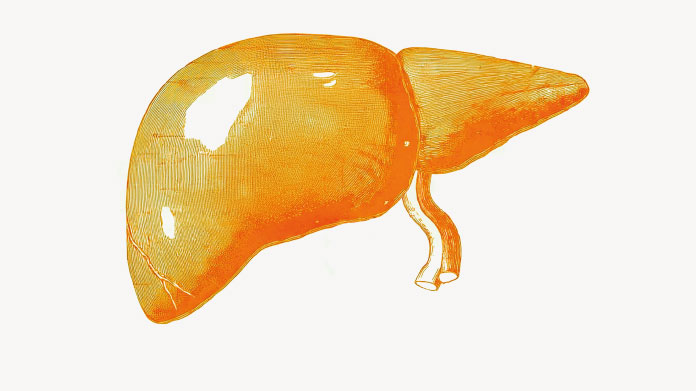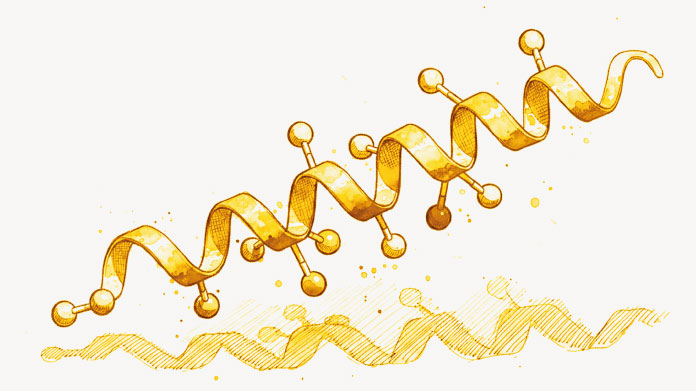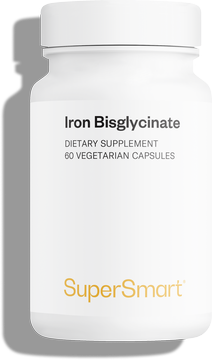The alkaline diet for reducing acidity in the body
Western diets with their reliance on processed foods have for some years been seriously disrupting our bodies’ acid-base balance. Find out how you can put this right.
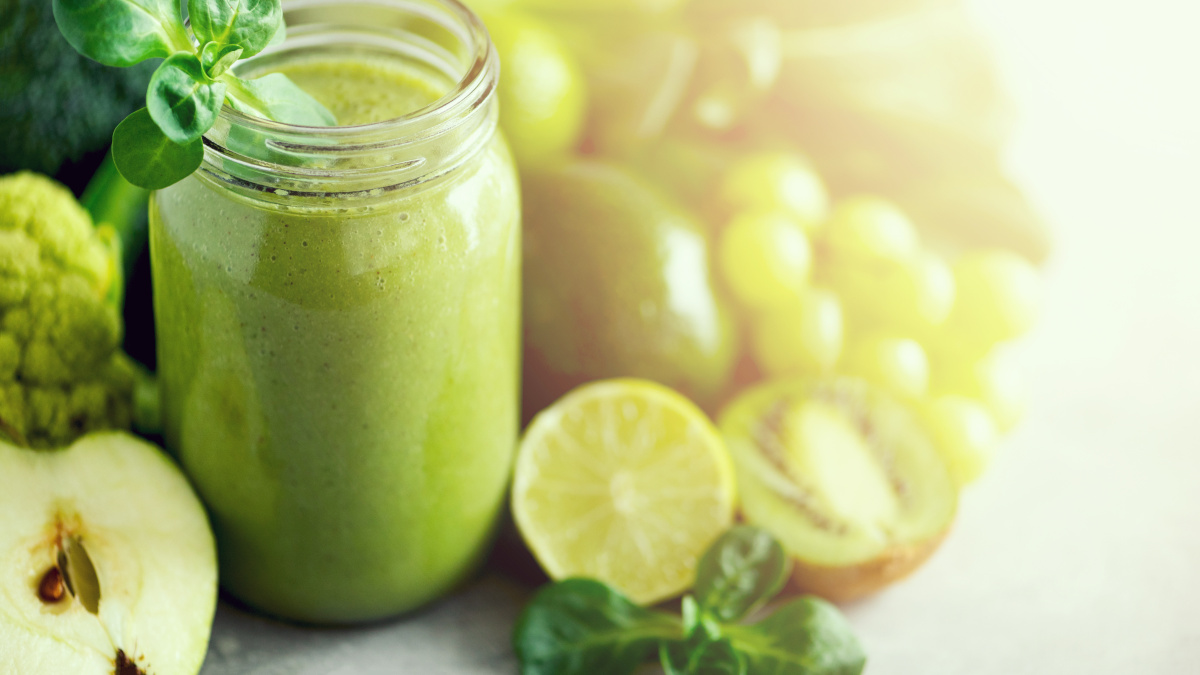
Acid-base balance and food industrialisation
The human body requires a very specific pH level in the blood, in the region of 7.4 (1). This pH is maintained by means of our diet, which is itself influenced by the pH of the environment (land and water).
But intensive farming methods and industrialisation have profoundly affected the pH of our soil and oceans (2). What’s more, the growth of the agro-food industry has exacerbated imbalances, with increases in saturated fats, simple sugars, preservatives and other additives (3).
As a result, our mineral levels suffer as modern Western diets encourage imbalances between potassium and sodium in favour of sodium, and between chloride and bicarbonate, in favour of chloride. These disparities can lead to metabolic acidosis which can be damaging, in particular, for the skeleton. (4)
Note: excess sodium and chloride produce acidity whereas an abundance of potassium, bicarbonate and magnesium induce alkalinity.
The effects on the body of acid-base imbalance
When the diet is too acidic, the body is forced to restore acid-base balance by drawing on its resources in potassium and calcium, minerals which have an alkalinising effect.
This use of resources to combat the adverse effects of an unbalanced diet can cause demineralisation. Indeed, numerous studies suggest that an over-acidic diet has a negative effect on bone health (5).
In addition, a diet that’s too acidic, especially one high in animal protein not balanced by sufficient alkaline foods, can lead to calcium in the urine, or calciuria (6), a condition that should be avoided at all costs by those who suffer from kidney stones.
There is also scientific evidence that a more alkaline diet is associated with a better muscle mass index in healthy women (7).
The alkaline diet: a natural solution
When food is metabolised by the body, the majority of proteins produce acids, while most fruits and vegetables produce alkalis (8).
To restore the right acid-base balance, it therefore makes sense to prioritise a healthy diet high in fruit and vegetables (the ‘alkaline diet’). All the more so as this doesn’t even take into account the acidity of food in the mouth.
Completely counter-intuitively, it seems that sugary foods are actually acidifying for the body, while many acidic-tasting foods are actually basifying or alkalinising. Refined sugar, for example, is one of the main culprits in causing acid-base imbalances, while lemons are among the most alkalinising foods!
The PRAL index: a helpful tool
The acronym PRAL stands for Potential Renal Acid Load. The higher the PRAL index (above 0), the more acid the food, and the lower, the more alkaline. (9)
Examples: beef has a PRAL of +13.2 (an acid effect), whereas radishes have a PRAL of -3.7 (alkaline effect).
This index has enabled scientists to categorise foods according to their potential acidifying effect on the body.
The most acidic and alkaline foods
Thus the most acidic foods are:
- alcohol, soft drinks and refined sugar (with a pH of around 3) ;
- dairy products, coffee, red meat, pastries and processed foods (with a pH of around 4).
Those with a pH of between 5 and 8 include a number of non-processed foods:
- rice, beetroot, poultry, potatoes and fruit juices (pH of around 5) ;
- fish, coconuts, milk, eggs, pulses (pH of around 6) ;
- tap water and vegetable oils (pH of around 7) ;
- corn, bananas, apples and peppers (pH of around 8).
And the most alkaline foods are:
- salad leaves, avocados, kiwi fruit, celery, and aubergines, as well as papaya and ginger (with a pH of around 9) which you can find in our supplement Alkaline Formula;
- spirulina, broccoli, carrots, lemons, artichokes, radishes, asparagus and raisins (pH of around 10).
Because eating a balanced diet is not about eliminating foods that are too acidic, with the exception of those known to be bad for our health (alcohol, bakery products, processed foods, ready-meals, etc). It is instead about achieving an acid-base balance.
Note: as indicated, tap water normally has a neutral pH, depending on where you live. In some regions, the water is slightly more acidic, and in others, slightly more alkaline (with a pH, in some cases, of up to 8.4).
Some actual examples of an alkaline diet
There’s nothing to say you can’t enjoy a barbecue with friends, even if the barbecued meat (particularly beef) is quite acidifying. Just try and compensate for this acidity by eating a good amount of broccoli or other vegetables at the same meal, making sure you limit the quantity of grains. And why not, for example, offer raisins as an appetiser, or for dessert, with a fruit salad?
You can also choose to take dietary supplements based on alkaline foods such as ginger (with Super Gingerols), spirulina (with Spirulina) or a combination of alkalinising foods (with the comprehensive formulation Alkaline Formula).
Similarly, you could opt for an alkaline water, such as our product Super Water. This not only provides your body with hydration but it has a significantly higher-than-normal pH to help counteract the effects of consuming acidic foods and drinks.
So you now have all the information you need to correct your body’s acidity and restore your acid-base balance.
References
- Gerry K. Schwalfenberg, The Alkaline Diet: Is There Evidence That an Alkaline pH Diet Benefits Health ?, Hindawi Publishing Corporation, Journal of Environmental and Public Health, Volume 2012, Article ID 727630, 7 pages, doi:10.1155/2012/727630
- J. Dam-ampai SO and C. Nilnond, “Effect of cattle manure and dolomite on soil properties and plant growth in acid upland soils,” Songklanakarin Journal of Science and Technologh, vol. 27, supplement 3, pp. 727–737, 2005.
- A. Sebastian, L. A. Frassetto, D. E. Sellmeyer, R. L. Merriam, and R. C. Morris Jr., “Estimation of the net acid load of the diet of ancestral preagricultural Homo sapiens and their hominid ancestors,” American Journal of Clinical Nutrition, vol. 76, no. 6, pp. 1308–1316, 2002.
- L. Frassetto, R. C. Morris, Jr. R.C. Jr., D. E. Sellmeyer, K. Todd, and A. Sebastian, “Diet, evolution and aging—the pathopHysiologic effects of the post-agricultural inversion of the potassium-to-sodium and base-to-chloride ratios in the human diet,” European Journal of Nutrition, vol. 40, no. 5, pp. 200–213, 2001.
- Welch, A., Mulligan, A., Bingham, S., & Khaw, K. (2008). Urine pH is an indicator of dietary acid–base load, fruit and vegetables and meat intakes: Results from the European Prospective Investigation into Cancer and Nutrition (EPIC)-Norfolk population study. British Journal of Nutrition, 99(6), 1335-1343. doi:10.1017/S0007114507862350
- David A. Hanley, Susan J. Whiting, Does a High Dietary Acid Content Cause Bone Loss, and Can Bone Loss Be Prevented With an Alkaline Diet?, Journal of Clinical Densitometry, Volume 16, Issue 4, 2013, Pages 420-425, ISSN 1094-6950, https://doi.org/10.1016/j.jocd.2013.08.014.
- Welch, A.A., MacGregor, A.J., Skinner, J. et al. A higher alkaline dietary load is associated with greater indexes of skeletal muscle mass in women. Osteoporos Int 24, 1899–1908 (2013). https://doi.org/10.1007/s00198-012-2203-7
- Caroline Passey, Reducing the Dietary Acid Load: How a More Alkaline Diet Benefits Patients With Chronic Kidney Disease, Journal of Renal Nutrition, Volume 27, Issue 3, 2017, Pages 151-160, ISSN 1051-2276, https://doi.org/10.1053/j.jrn.2016.11.006
- Sébastien Labarde, La nutrition du sportif, Actualités pHarmaceutiques, Volume 54, Issue 548, 2015, Pages 49-52, ISSN 0515-3700, https://doi.org/10.1016/j.actpHa.2015.06.016
Keywords
5 Days
The products I use are excel·lent
The products I use are excel·lent
ROSAS Josep Maria
14 Days
Delivery is prompt and I never saw a…
Delivery is prompt and I never saw a quality problem with the manufacturing. It is not possible to assess efficacy on a personal basis, since too many factors come into play. Efficacy can only be assessed statistically with a sufficient number of cases.
Roger De Backer
14 Days
I collaborates with the Supersmart…
I collaborates with the Supersmart more than 10 years. Every thing is going good. Quality of the things is good. Delivery comes in time. Five stars definitely !!!
Oleksiy
15 Days
All good
Simple, frictionless site, easy ordering, good delivery updates and execution.
Chris Robbins
17 Days
I feel better
I feel better
Peter Ammann
17 Days
Prompt delivery
Prompt delivery
JAKUB Radisch
18 Days
My new go-to for top quality supplements!
I am buying more and more of my supplements from this superb, high quality company. Cannot recommend it enough. Plus, excellent customer service with a quick, helpful team and speedy deliveries. Highly recommend Supersmart!
Cecilie H.
22 Days
SUPERSMART WHAT ELSE👍
SUPERSMART WHAT ELSE👍
DIEDERLE Christophe
25 Days
Excellent quality products with…
Excellent quality products with innovative formulas, as someone who has been suffering with acid reflux, these supplements have been lifesavers.
Oriana Moniz
25 Days
high quality supplement!
high quality supplement!
GALANT
25 Days
Good service prompt delivery
Good service prompt delivery
Mrs Marcella Reeves
30 Days
I like your clear explanation
I like your clear explanation. And how to make a choice of products for a specific health problem
Ingrid
37 Days
Great product and it arrives quickly.
Great product and it arrives quickly.
SOMMARIVA Gianni
38 Days
Excellent products and fast service.
Excellent products and fast service. What do we need more?
Margarida
42 Days
The variety of products is amazing
The variety of products is amazing, the offers are good and the sending is very fast. I just miss having a bit more of guidance about combinations, possible interactions, etc.
Maria Angeles Verdu

